The industrial metaverse is rapidly emerging as a transformative force in manufacturing and heavy industries, with remote maintenance operations standing out as one of its most compelling use cases. As companies grapple with rising operational costs and skilled labor shortages, virtual environments are proving to be powerful tools for driving efficiency. What makes this technological shift remarkable isn't just the flashy holographic interfaces, but the substantial cost reductions that materialize when physical constraints are removed from equipment servicing.
At the heart of this revolution lies the ability to overlay digital twins with real-time operational data. Maintenance technicians no longer need to physically travel to troubleshoot malfunctioning equipment on offshore rigs or in remote mining operations. Instead, they can inspect 3D replicas of machinery down to individual components while collaborating with on-site personnel through augmented reality interfaces. The elimination of travel time and expenses creates immediate savings, particularly for organizations managing geographically dispersed assets.
Downtime reduction represents the most significant financial benefit in industrial metaverse applications. Traditional equipment failures often trigger days-long delays while waiting for specialist availability and travel arrangements. Virtual interventions can begin within hours or even minutes, with experts guiding local teams through complex repairs using spatial computing tools. Early adopters report slashing mean time-to-repair by 40-60% for critical assets, translating to millions saved in prevented production losses for continuous operations like chemical plants or semiconductor fabs.
The cost advantages extend beyond emergency scenarios into predictive maintenance. Metaverse platforms integrate IoT sensor data with machine learning algorithms to visualize equipment degradation patterns that would be invisible during physical inspections. Engineers can simulate stress tests and predict failure points before they occur, optimizing maintenance schedules. This proactive approach reduces both the frequency of interventions and the severity of required repairs, yielding substantial savings on parts replacement and labor over equipment lifecycles.
Training and knowledge transfer present another dimension of cost optimization. The industrial workforce is experiencing a generational shift as experienced technicians retire, taking decades of tacit knowledge with them. Metaverse environments allow veterans to document repair procedures in immersive formats that new hires can practice in risk-free simulations. Companies avoid the steep costs of mistakes made during on-the-job learning while accelerating competency development. The ability to create standardized virtual training modules also reduces expenses associated with bringing dispersed teams to centralized locations for instruction.
Supply chain efficiencies emerge when maintenance operations transition to virtual spaces. Instead of stocking spare parts at every facility "just in case," teams can perform metaverse-assisted diagnostics to confirm exactly which components need replacement before dispatching materials. This precision reduces inventory carrying costs and minimizes expensive expedited shipping for misdiagnosed parts. Some organizations have reported 30% reductions in spare parts inventory after implementing metaverse-enabled maintenance programs.
The environmental cost savings, while often secondary in corporate calculations, contribute to the overall value proposition. Fewer service calls mean reduced emissions from travel, whether by plane, helicopter, or service vehicles. Virtual collaboration cuts down on the carbon footprint associated with bringing experts to remote sites while still maintaining equipment reliability. These sustainability benefits increasingly factor into operational decisions as companies face pressure to meet environmental targets.
Implementation costs for industrial metaverse solutions have decreased significantly as the technology matures. What once required six-figure investments in specialized hardware now often works with commercially available mixed reality headsets and cloud-based platforms. The return on investment timeline has compressed from years to months in many cases, particularly for organizations with high-value assets where unplanned downtime carries severe financial consequences.
As 5G networks expand and edge computing capabilities grow, the latency issues that once limited remote maintenance applications are disappearing. Technicians can now manipulate high-fidelity 3D models of industrial equipment with near-instantaneous response times, even when working across continents. This technological leap removes what was previously a significant barrier to adoption for time-sensitive maintenance scenarios.
The human factors shouldn't be overlooked when evaluating cost savings. Field technicians equipped with metaverse tools report higher job satisfaction and reduced stress when facing complex repairs. The ability to instantly consult with experts and access digital documentation translates to greater confidence in decision-making. These qualitative improvements lead to better retention rates and lower recruitment costs in an industry where skilled labor remains scarce.
Looking ahead, the integration of generative AI with industrial metaverse platforms promises to unlock additional cost efficiencies. Imagine maintenance systems that can automatically generate troubleshooting guides based on equipment manuals, historical repair data, and real-time sensor inputs. Such advancements could further reduce dependency on scarce human expertise while improving service consistency across global operations.
While the industrial metaverse won't eliminate all physical maintenance requirements, its capacity to transform remote operations is already delivering measurable financial benefits. Organizations implementing these solutions are discovering that the combination of virtual collaboration, data visualization, and predictive analytics creates a powerful formula for cost reduction. As the technology continues evolving, its role in shaping efficient, resilient industrial operations will only grow more pronounced.

By /Jun 3, 2025

By /Jun 3, 2025
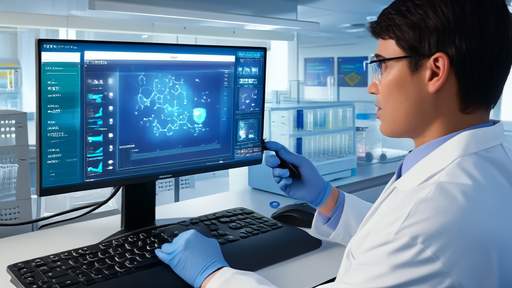
By /Jun 3, 2025
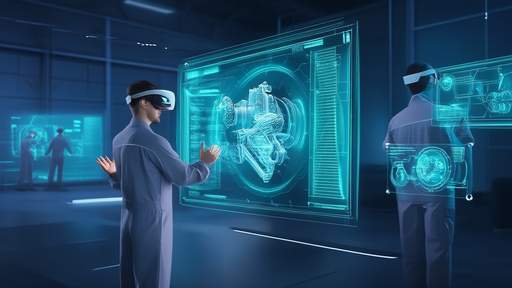
By /Jun 3, 2025
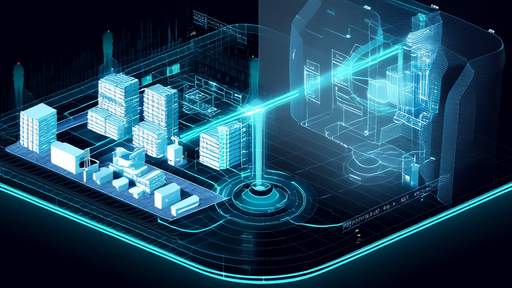
By /Jun 3, 2025

By /Jun 3, 2025

By /Jun 3, 2025
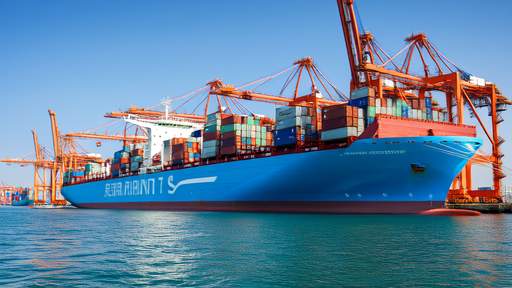
By /Jun 3, 2025

By /Jun 3, 2025

By /Jun 3, 2025

By /Jun 3, 2025

By /Jun 3, 2025

By /Jun 3, 2025
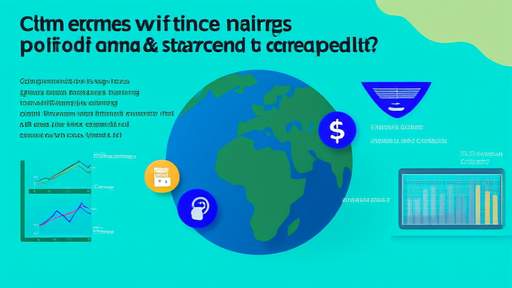
By /Jun 3, 2025

By /Jun 3, 2025

By /Jun 3, 2025

By /Jun 3, 2025

By /Jun 3, 2025

By /Jun 3, 2025

By /Jun 3, 2025